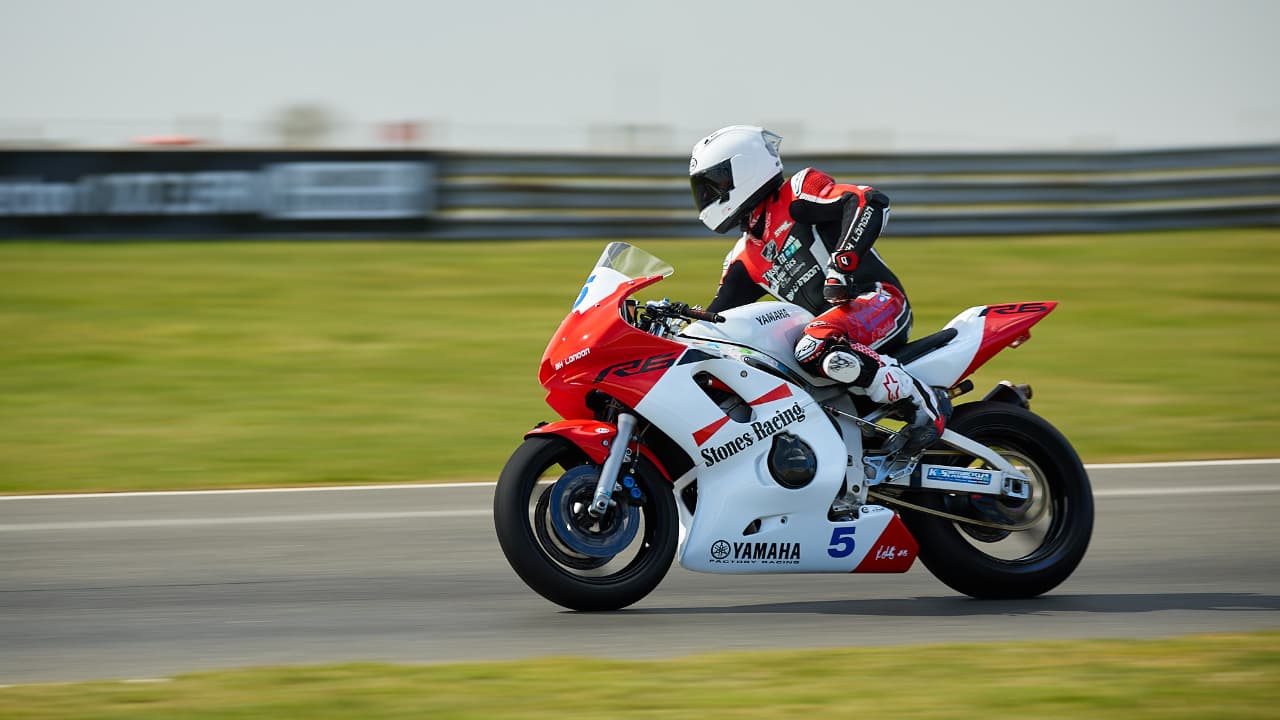
Everybody seems to be obsessed with the ‘cinematic’ look these days, especially with regard to the 180-degree shutter rule – or for those shooting digital, setting the shutter speed to double that of the frame rate to achieve a so-called ‘natural’ motion blur effect. But this is just plain wrong for so many shots and here’s why.
Firstly, for those who need a quick recap on the topic, the 180º shutter rule states that you should set your shutter speed to double that of the frame rate. For example, at a frame rate of 24 fps the shutter speed should be set to 1/48th second. At 30 fps the shutter would be 1/60th second (180-degree). In the UK 25 fps would require a shutter speed of 1/50th.
It’s important to remember that digital cameras don’t use a rotary shutter, like film cameras, so some shutter speeds won’t be available. In these instances simply choose the closest shutter speed to achieve the so-called ‘cinematic’ motion blur. Example, if your mirrorless/DSLR camera does not have 1/48th to double up on the 24 fps (USA) chosen frame rate simply select 1/50th and you’ll be good. In the UK I have no such issue as we generally shoot at 25 fps because of the old PAL system, which is not really relevant anymore.
Saving Private Ryan at 45-degrees
So, the norm is (UK standard) to set the frame rate to 25 and the shutter speed to 50, (USA 30/60) to achieve a somewhat natural motion blur effect, which is fine, but this is just a ballpark starting point and many shots will require a different shutter speed. I’m going to reference (like everybody does) the opening D-Day sequence in Saving Private Ryan here, which was shot at 45-degrees (about 1/198th shutter speed, way more than the UK standard of 1/50th).
This much faster shutter speed was artistically chosen to highlight the fine detail in the explosions – notice all the shrapnel and debris flying around in sharp detail? The jerky, and detailed, movement during this scene was due to every ‘moving’ item/person in each frame being in sharp focus due to the faster shutter speed (or gate in this instance). So if you want to show off all the fine detail chose a faster shutter speed and get creative with your independent filmmaking.
It’s also worth noting that using a faster shutter speed can be essential when filming fast action scenes such as sports or fast moving animals on safari. In instances like these the 180-degree rule would introduce too much motion blur. Of course the speed of the subject being filmed will determine the required shutter speed to help retain sharpness and detail but a good rule of thumb is to set your shutter speed to 1/120th second and increase if necessary.
This will require some trial and error in the same way that taking a stills panning photo of a moving car requires trial and error depending on the focal length of the lens, distance to car, speed of car etc.

YouTubers, ditch the ND filters
ND filters are typically used to maintain the desired aperture and shutter speed when filming outdoors in the sun. In instances like these video makers might require a specific aperture to obtain just the right amount of depth-of-field. For a shallower depth-of-field one might need to shoot at f2.8, resulting in too much light hitting the sensor, hence most people would reach for an ND filter, or a variable ND filter, to fix the situation.
Though I can appreciate that for critical independent low budget filmmakers the required depth-of-field and shutter speed can be vital to the ‘look’, in most other shooting situations it is not, and I’m talking YouTubers here – read on.
Honestly, why YouTubers and vloggers follow the 180-degree rule is beyond me, as they fumble around with ND filters when all the time they could simply crank up the shutter speed from 1/50th to 1/200th (or more) to reduce the aperture size by 2-stops to achieve a shallower depth-of-field and this would have little to no impact on a YouTuber’s motion as he/she talks to camera on the street or in their small home studio – even if said vlogger was waving his/her arms around like a frantic Orangutang directing air traffic at Heathrow during the holiday season. Sure, the arms would present sharper and won’t ‘blur’ quite as much in motion, but is the average viewer going to notice, and even if they do, will they even care? Nope.
So, YouTubers, forget ND filters, just crank up that shutter speed for your vlogging requirements when shooting outdoors.
The 70s pop music video look
At the other end of the shutter scale you can reduce the shutter speed for a dream-like surreal effect, but go easy. Reducing the shutter speed can yield some nice effects similar to using the SA (Spherical Aberration) control on a Canon RF 100mm f2.8 macro lens (yes, I have one), which yields a dreamy soft-focus effect, even the parts that are in sharp focus, not just the bokeh parts as some folk mistakingly think. Course, reducing the shutter speed will mess, and exaggerate, the dreamy motion look much more than Canon’s SA ring.
End wrap
So there it is. There are rules and guidelines for filmmakers and photographers such as the 180-degree shutter rule or the rule of thirds, to name but two, but they can, and quite often should, be broken for artistic and creative effect. So dig your camera and tripod out and do a little experimenting for yourself by increasing, and decreasing, your shutter speed while waving your arms around and doing a jig in front of camera – you might be pleasantly surprised by the resulting footage.
Tags: Production

Comments